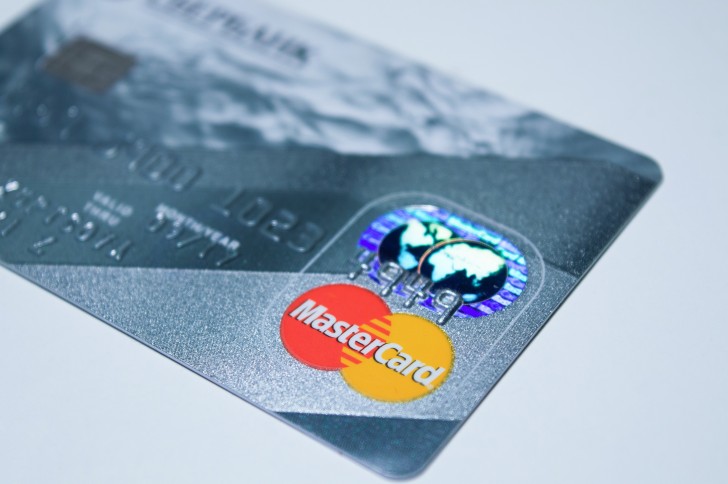Intermediate Addresses
The system, as explained in the patent filing, uses a very simple, yet effective method of hiding identities and the transacted amount. It works by using intermediaries addresses which automatically coordinate with the public key of the sender. The amount is sent to the intermediary address, which then executes the transaction further to the recipient by interacting with the private key of the sender.
According to the patent, this “would result in showing the user only transferring funds to and receiving funds from a small number of addresses that are also involved in a significantly large volume of transactions with various other users, thereby rendering the data innocuous.”
The amount of transaction can also be hidden through sending tiny, but multiple transactions to different addresses.
Why Another Privacy Blockchain?
MasterCard explains the need of a privacy based blockchain by saying that although people prefer cryptocurrencies for the anonymity factor,it is still possible to identify sender and receivers since the decentralized ledgers are not anonymous and can be accessed by anyone. This, MasterCard, says is the point from where “such data may,as it is accumulated and analysed, eventually reveal the user behind a wallet or at least provide information about them … However, the existing communications and attribution structure of blockchain technology such as bitcoin require identification of where the transactions are emanating and terminating, in order to maintain the ledger”
Like its competitor, VISA, MasterCard is also looking into blockchain and cryptocurrencies. However, VISA is only looking at supportingcryptos, unlike MasterCard, which is looking into adopting the technology to increase efficiency and speed of its system.
 Saad Ullah
Saad Ullah

 Saad Ullah
Saad Ullah


